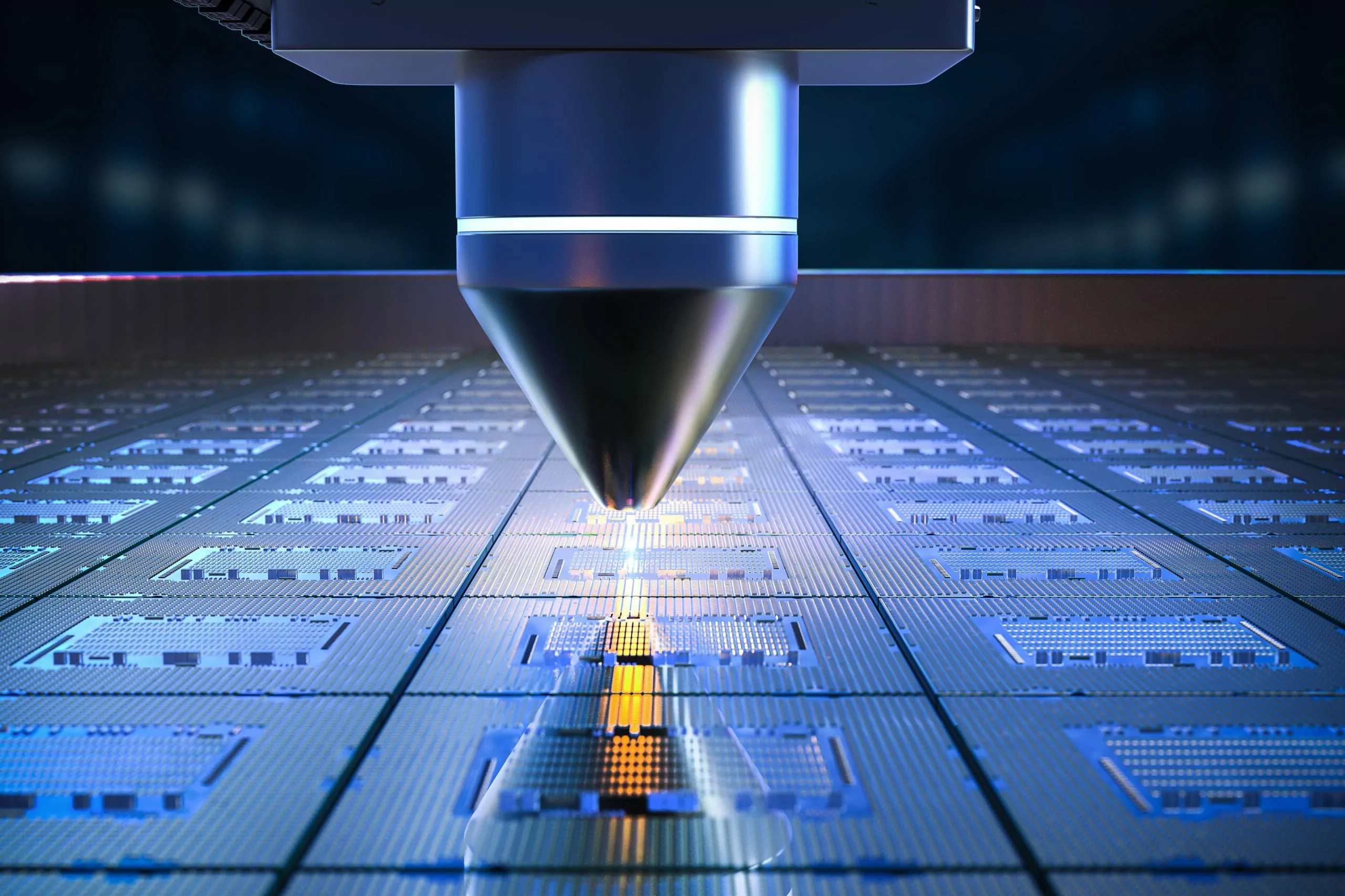
What is a Secondary Ion Mass Spectrometer (SIMS)? A Secondary Ion Mass Spectrometer (SIMS) is a powerful tool used in material science and surface analysis. It works by bombarding a sample with a focused primary ion beam, causing the ejection of secondary ions from the surface. These secondary ions are then analyzed to determine the sample's composition. SIMS can detect elements, isotopes, and even molecular fragments with high sensitivity and spatial resolution. This makes it invaluable for applications in fields like semiconductor research, geology, and even art restoration. Whether you're a scientist or just curious, understanding SIMS opens a window into the microscopic world.
What is a Secondary Ion Mass Spectrometer (SIMS)?
A Secondary Ion Mass Spectrometer (SIMS) is a powerful analytical tool used to study the composition of solid surfaces. It works by bombarding a sample with a focused primary ion beam, causing the ejection of secondary ions from the surface. These secondary ions are then analyzed to determine the sample's composition.
-
SIMS can detect elements in very low concentrations, down to parts per billion (ppb).
-
The technique is highly sensitive, making it ideal for detecting trace elements.
-
SIMS can analyze both organic and inorganic materials.
-
It provides detailed information about the surface composition of a sample.
How Does SIMS Work?
Understanding the working principle of SIMS can help appreciate its capabilities. The process involves several steps, each crucial for accurate analysis.
-
A primary ion beam, often composed of ions like O2+ or Cs+, is directed at the sample surface.
-
The impact of the primary ions causes the ejection of secondary ions from the sample.
-
These secondary ions are collected and analyzed by a mass spectrometer.
-
The mass spectrometer separates the ions based on their mass-to-charge ratio.
Applications of SIMS
SIMS is used in various fields due to its versatility and precision. Here are some of the key applications:
-
In materials science, SIMS helps in studying the composition of thin films and coatings.
-
The semiconductor industry uses SIMS for depth profiling to analyze doping levels in silicon wafers.
-
Geologists use SIMS to determine the age and composition of minerals.
-
In biology, SIMS can analyze the distribution of elements within cells and tissues.
Advantages of SIMS
SIMS offers several advantages over other analytical techniques. These benefits make it a preferred choice for many researchers.
-
High sensitivity allows for the detection of trace elements.
-
The technique provides high spatial resolution, enabling detailed surface analysis.
-
SIMS can analyze a wide range of elements, from hydrogen to uranium.
-
It offers both qualitative and quantitative analysis.
Limitations of SIMS
Despite its many advantages, SIMS has some limitations that users should be aware of.
-
The technique is destructive, meaning the sample is altered during analysis.
-
Matrix effects can influence the accuracy of quantitative results.
-
SIMS requires a high vacuum environment, which can limit the types of samples analyzed.
-
The equipment is expensive and requires skilled operators.
Types of SIMS
There are different types of SIMS, each designed for specific applications. Understanding these types can help in selecting the right tool for a particular analysis.
-
Static SIMS is used for surface analysis with minimal sample damage.
-
Dynamic SIMS is ideal for depth profiling, providing information about the composition below the surface.
-
Time-of-Flight SIMS (ToF-SIMS) offers high mass resolution and is used for detailed surface imaging.
-
Magnetic Sector SIMS provides high sensitivity and is used for trace element analysis.
Future of SIMS
The future of SIMS looks promising with ongoing advancements in technology. These developments aim to enhance the capabilities and applications of SIMS.
-
Improved primary ion sources are being developed to increase sensitivity and resolution.
-
Advances in data analysis software are making it easier to interpret complex SIMS data.
-
Integration with other analytical techniques, like X-ray photoelectron spectroscopy (XPS), is expanding the range of applications.
-
Miniaturization of SIMS instruments is making them more accessible for field studies and portable applications.
The Power of SIMS in Science
Secondary ion mass spectrometry (SIMS) is a game-changer in scientific research. This technique allows scientists to analyze the composition of materials at a microscopic level, revealing details that other methods can't. From studying ancient artifacts to developing new materials for technology, SIMS plays a crucial role.
Its ability to provide detailed, high-resolution images and precise chemical information makes it invaluable. Researchers can identify elements and isotopes in tiny samples, helping to solve complex problems in fields like geology, biology, and materials science.
SIMS has revolutionized our understanding of the world around us. Its applications are vast, and its impact on science is undeniable. As technology advances, SIMS will continue to be a vital tool, pushing the boundaries of what we know and what we can achieve.
Was this page helpful?
Our commitment to delivering trustworthy and engaging content is at the heart of what we do. Each fact on our site is contributed by real users like you, bringing a wealth of diverse insights and information. To ensure the highest standards of accuracy and reliability, our dedicated editors meticulously review each submission. This process guarantees that the facts we share are not only fascinating but also credible. Trust in our commitment to quality and authenticity as you explore and learn with us.
